The 3 R’s – Reduce, Reuse, and Recycle
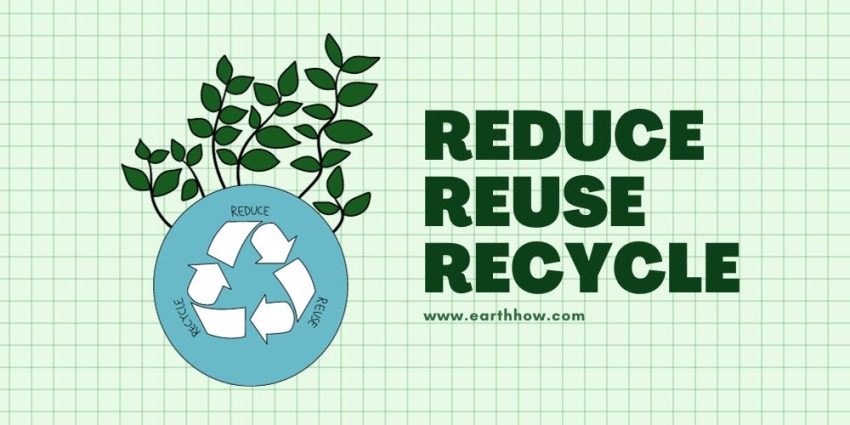
The 3 R’s stand for “Reduce, Reuse, and Recycle”. This Eco Trio are rules that guide us to take care of our planet and use things wisely.
1. Reduce
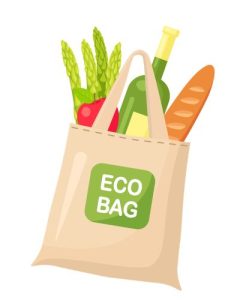
“Reducing” means using less, like using fewer plastic bottles or buying products with less packaging. It’s about cutting down on waste from the start.
“Reduce” means not buying too many things in the first place. It’s about being mindful of using resources wisely so they don’t end up in a landfill.
For instance, bringing your own reusable coffee cup or water bottle is an example of “reducing”. By doing this, you help cut down on the need for single-use containers and reduce waste.
2. Reuse
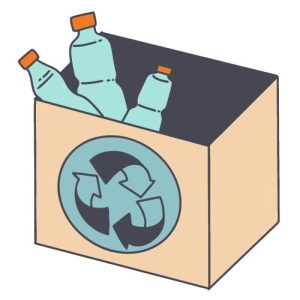
“Reusing” means using things again instead of throwing them away. There are a lot of creative ways that you can reuse anything in your household.
For example, you can reuse old cardboard boxes to create fun DIY projects or as storage containers. This not only saves money but also reduces the number of boxes that end up in the trash.
Another example of “reuse” is using an empty glass jar to store leftovers instead of throwing them away. This way, you give the jar a second life and reduce the need for new containers.
3. Recycle
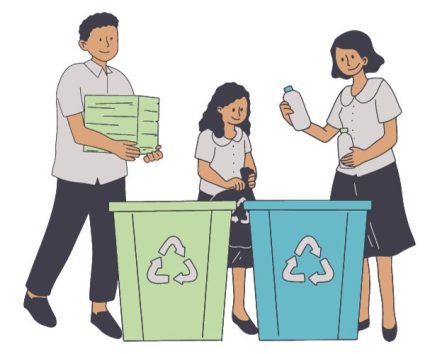
“Recycling” is the process of collecting and processing materials like paper, plastic, and glass so they can be turned into new products. It’s a way to give old items a new life instead of sending them to the landfill.
On average, over 69 million tons are recycled in the United States. Paper and cardboard make up about two-thirds of all the recycled things. Next, metals are around 13%. Finally, glass, plastic, and wood together are about 4 to 5%.
Food waste is still a significant problem. In the United States, 30-40% of all food produced is wasted. This is a big problem because it means throwing away good food and causing environmental issues.
The 3 R’s Hierarchy
The order of the 3 R’s is not just about the spelling; it’s a strategic approach to sustainable waste management.
The 3 R’s hierarchy starts with “Reduce,” the best way to manage waste. Then comes “Reuse,” and lastly “Recycle.”
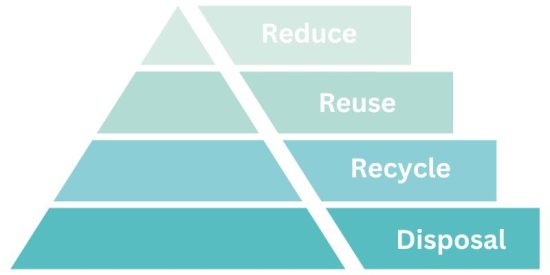
This hierarchy shows that it’s best to reduce and reuse items first. Recycling uses more energy and resources and has a bigger environmental impact.
“Reduce” is the leader because it makes sure you don’t buy unnecessary items in the first place. Next, “reuse” is like a helpful sidekick because it’s when you use something more than once. Finally, “recycle” is like the hero who cleans up after a big mess.
Examples of the 3 R’s
The table below highlights some of the examples of applying the 3 R’s to everyday life.
| R’s | Examples |
|---|---|
| Reduce | – Using a reusable water bottle – Buying products with less packaging – Walking or biking instead of driving for short trips |
| Reuse | – Using a cloth shopping bag instead of plastic bags – Repurposing old jars as storage containers – Handing down clothes or toys to younger siblings or friends |
| Recycle | – Putting empty glass, plastic, and paper in recycling bins – Recycling old newspapers and magazines – Turning aluminum cans into new aluminum products |
Summary
So far, you’ve learned about the importance of the 3 R’s and how they can be helpful in reducing climate change. Here’s a recap of the 3 R’s:
By following the 3 R’s, we can protect the Earth, use things wisely, and make sure there’s enough for us and the generations that come after us.

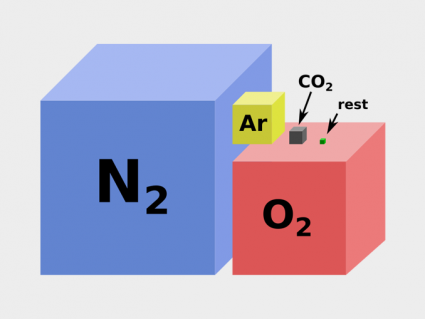

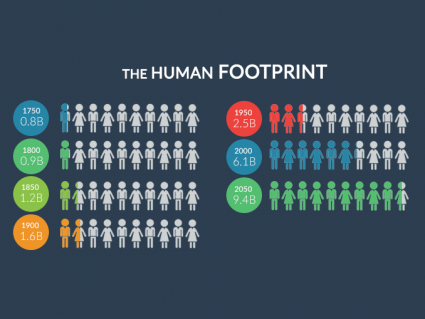
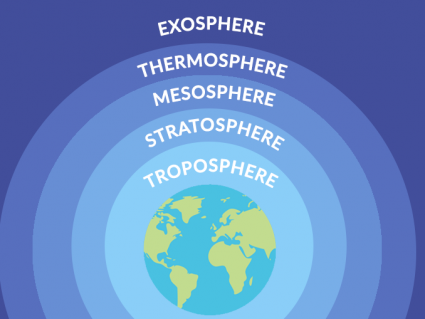
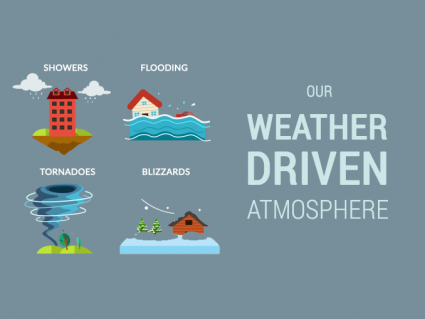
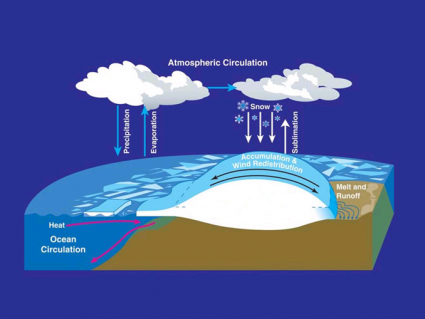
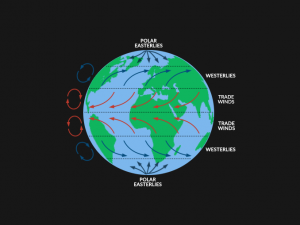
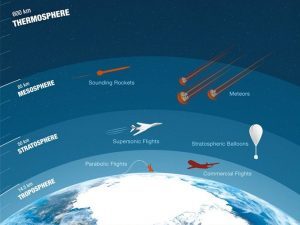

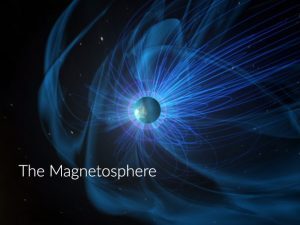
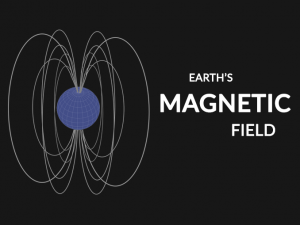

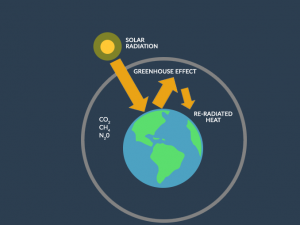

I think they’re gone to the recycling depot Kathryn 🙂
Hi, I accidentally dropped off some very important paper in the house station behind Best Buy. The papers relates to my home. How can I get that back?
this is very helpful to the earth
JK we need to save the earth by doing things like saving plastic bags and other things as well it could really help people and this earth.(help save the earth) every live counts and has to do its job to help
It is very cool.
This argument is explained very well!
Congrats!
This website was so useful for my some work related to 3’rs.
Reading about “The 3 R’s – Reduce, Reuse, and Recycle” got me all pumped up about doing my part for the planet! The article brilliantly highlights how simple actions, like reducing waste, reusing stuff, and recycling, can make a huge impact. I’ve already started incorporating these practices into my daily routine, and it feels awesome. Kudos to the author for spreading the eco-friendly vibes! Let’s keep rocking those 3 R’s and make the world a greener, cleaner place.